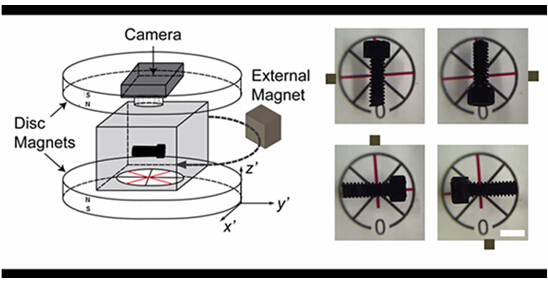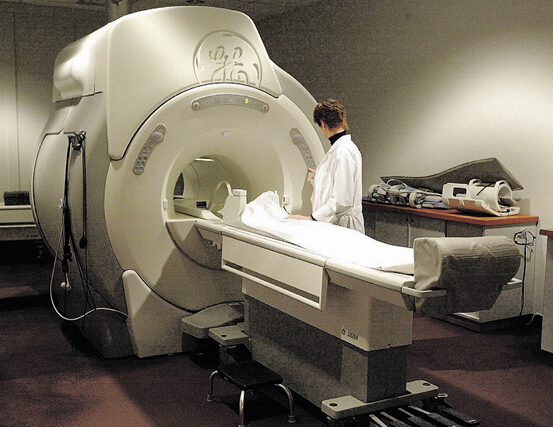In tattoo parlors and basements around the world, people are turning themselves into cyborgs by embedding magnets and computer chips directly into their bodies.
They call themselves biohackers, cyborgs and grinders. With each piece of technology they put beneath their skin, they are exploring the boundaries — and the implications — of fusing man and machine.
Welcome to the world of biohacking.
It's a niche community at the literal bleeding edge of body modification, and it attracts fervent fans from a variety of schools of thought. Some simply enjoy experimenting with new tech. Others use the magnets and chips for utilitarian purposes. A few, paradoxically, see it as a path to get back to nature.
For cyborg Zoe Quinn, a well-known developer in the independent video game world, the magnet and chip in her hand have become inseparable from her body and her identity.
"Being a cyborg is just who I am now," Quinn told NBC News. "To get [the magnet or chip] removed would be like losing a sense at this point, losing part of me."
Gaining a magnetic or electronic "sixth sense" isn't easy. Doctors won't perform the implantation, so would-be biohackers generally turn to body modification shops, which are usually part of tattoo parlors and can't legally offer anesthesia. Others perform the amateur operation on themselves.
Many cyborgs get the technology embedded in their fingers or hands, wher the skin is thin enough for the devices to interact with external objects. Those with magnets can sense magnetic fields around them; a contractor, for example, can find studs in a wall. Stick a computer chip under the skin and it can do a lot of things: send data to smartphones and other devices, open specially outfitted doors, act as permanent headphones embedded in a person's ears and do anything else the chips' creators may dream up. Even the U.S. government is working on a device that would be implanted in the brain to restore memory.
It's an experimental world that Quinn entered in October 2013, when she and a roommate traveled from Boston to New York City to get magnets in their fingers. Quinn's roommate went white and sweaty when the technician used his scalpel to cut about a centimeter into the top of her finger and insert the magnet.
"It was like my finger had exploded," Quinn said. "The whole thing takes just a minute, but it was the longest minute of my life."
But the payoff for her pain was immediate: "As soon as [the technician] was finished, he touched his magnet to mine. It was totally worth it to feel that tug, that pull," Quinn said.
Human Biohackers Embed Chips In Their Bodies
“如果发现本网站发布的资讯影响到您的版权,可以联系本站!同时欢迎来本站投稿!


 Magnetic attraction
Magnetic attraction Embedded metal in humans could pose a risk
Embedded metal in humans could pose a risk Electric Power Conversion B.V.
Electric Power Conversion B.V. The Switch to Be Acquired by Yaskawa
The Switch to Be Acquired by Yaskawa







